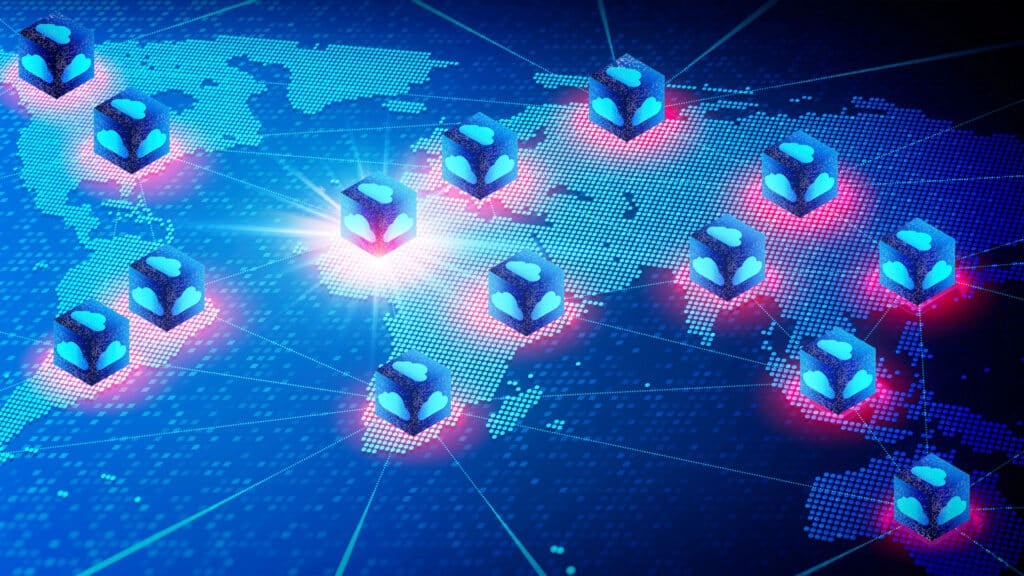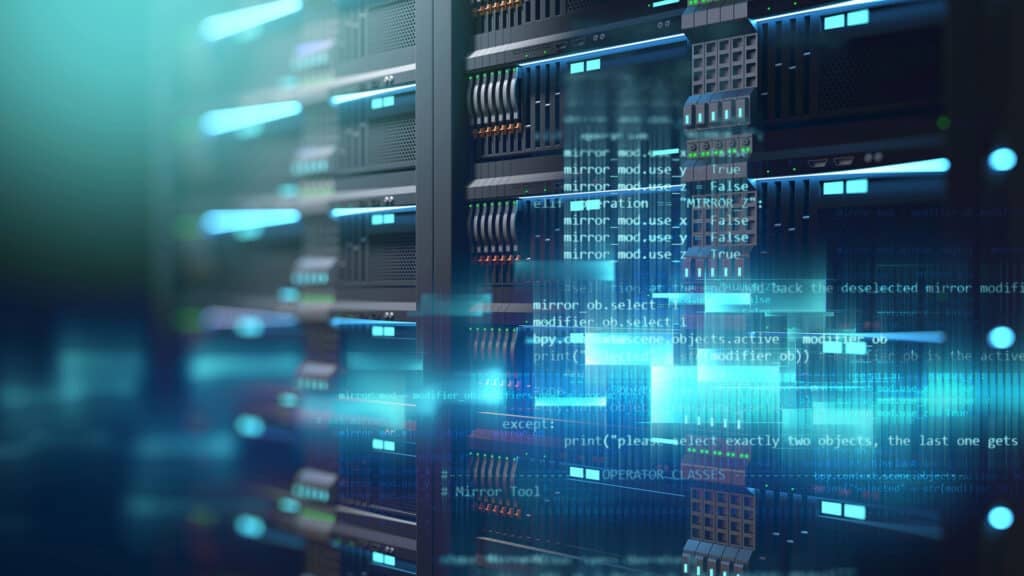The Six Five Team discusses Intel Foundry Disclosures.
If you are interested in watching the full episode you can check it out here.
Disclaimer: The Six Five Webcast is for information and entertainment purposes only. Over the course of this webcast, we may talk about companies that are publicly traded and we may even reference that fact and their equity share price, but please do not take anything that we say as a recommendation about what you should do with your investment dollars. We are not investment advisors and we ask that you do not treat us as such.
Transcript:
Daniel Newman: There was an internal foundry business model update and webinar that came out from Intel, didn’t land real well, but I’m not sure that the message was received entirely correctly.
Patrick Moorhead: Are you taking this topic?
Daniel Newman: No, I was just going to tee you up, just hold on.
Patrick Moorhead: Okay, tee it up.
Daniel Newman: Not sure it was received entirely correctly, but Pat, why don’t you weigh in on this one first.
Patrick Moorhead: Well, I was going to say what you said, but then I was going to say after that.
Daniel Newman: You were going to say more though, right? That wasn’t it. I was just-
Patrick Moorhead: No, of course not.
Daniel Newman: I was baiting. Just baiting a little bit up there.
Patrick Moorhead: Yeah. So the company historically had done some updates about its businesses. The first one was for client computing and the second one was for data center and AI. And they were really an end-to-end rotor routing of the business and the business leads got on there. That had been the previous two drill downs. This was intended to be an internal foundry conversation, not to be confused with IFS right that that’s run by Stu Pann, but I think that that was missed and it is very important to understand the internal foundry model at Intel that was represented by not only CFO Dave Zinsner, but also by Jason Grebe, and I hope I said his name correctly. But essentially this was for the financial analysts to update their spreadsheets in a way from margins because it used to be that all of the margins that had to do with manufacturing and process were captured in the business units, but now that’s going to be broken apart where the foundry end of the business will have its P and L and then the product design companies will be able to have their own P and Ls.
And what that shows is say more gives investors a better view of how to view the manufacturing part of the business and then the design products and sell side of the business. And I think that’s very valuable. You can compare it to Nvidia, you can compare it to Intel and you compare it to TSMC and in the future, GlobalFoundries. What it also does, and this is an important thing I’ve spent a lot of time inside a processor company, is the motivations of the business units. When you set up something like this and if you’re running, let’s say you’re Michelle and you’re running the client business, it’s setting you up where you have a much better idea of how profitable your client business can be on whether you do it in the internal foundry or quite frankly, you do it at TSMC or Samsung.
That’s what this is setting up right now, which is very healthy. I do not think that this is setting up some short term for some short term break off or something like that. But overall, I think the selloff was based on this notion that they wanted an IFS, Stu to come up and talk about a new 18A customer, but that wasn’t what this was set up to do. So I think long-term I would’ve handled it a little bit differently knowing the expectations coming in, but I also know that we’re going to have an IFS update very shortly where that information I think investors were looking for will be more apparent.
Daniel Newman: Yeah, I mean I think that this is one of those situations where the company does so much, it’s easy for things like this to get conflated and I think there was some strong benefits presented, but it just wasn’t the presentation people were looking for. I think what people wanted was Intel to come out and say, Hey, we’ve got some huge fabulous customer that’s going to be using our foundry and we expect some rocket ship revenue. And I think that type of work is in the making. I mean, look, the company’s breaking ground in Israel, in Poland, in Germany and in Ohio, I mean, the investments in its manufacturing capabilities and capacity are material and knowing that the demand for semiconductors is not going to go down anytime soon. Now again, there will be waves, there’s ebbs and flows, but what I mean is, every industry, every business, every technology, and if you believe in this AI trend line, then you better believe that there’s going to be more semiconductors needed.
And you also have to know with all the global macro forces, whether that’s China, Taiwan, whether that’s Ukraine, whether that’s national security, global technology leadership, that Intel is the largest beneficiary of any sort of nationalistic investments that are being made as well as any sort of ally investments across a global scale. And then the supply chain itself and the resiliency. So there’s a definite opportunity for the company to use its internal foundry to do things. It talks about for benchmarking, it talks about cost optimization and it talks about the fact that the company is the second largest foundry. So it’s not TSM gets a lot of credit, but Intel is in the running. So I think that this is one of those situations where the market wants sizzle and what they got was a very practical update about some important business items, agendas, and operating focuses.
Patrick Moorhead: Yeah, they couldn’t just show up on earnings day and their BUs have a super low margin and then it magically… They had to… And this was I think more for the institutional investors than anything else.
Daniel Newman: Absolutely.
Patrick Moorhead: It was just surprising.
Daniel Newman: I mean, being able to show that their operating margin can improve over time, which they had a slide for that and showing… Because that’s been one of the biggest rubs on Intel is the margin has just gotten battered over the last several quarters. And obviously everyone’s looking at that and then you’re looking at the Nvidia margins and you’re looking at all the fabulous companies on TSM margins and then they’re going, well, what’s the future for Intel? Well, the future has to be getting this manufacturing foundry business in order and starting to show that it can actually recapture lost margin that’s been lost and it’s making massive investments to do so, Pat. So look, it probably didn’t land the way it was hoped, but it also was an important disclosure, probably an overreaction from the market because it’s still progress.
But again, I don’t think you can move fast enough. And Intel is always on a shorter leash than other companies right now. So now if Intel wants to tell us about its new big lineup of GPUs training and of course some new partnership to take down InfiniBand and make a real competitive run at Nvidia, I think that would probably get a 10% jolt in a day. But who knows anymore with this market.
Author Information
Daniel is the CEO of The Futurum Group. Living his life at the intersection of people and technology, Daniel works with the world’s largest technology brands exploring Digital Transformation and how it is influencing the enterprise.
From the leading edge of AI to global technology policy, Daniel makes the connections between business, people and tech that are required for companies to benefit most from their technology investments. Daniel is a top 5 globally ranked industry analyst and his ideas are regularly cited or shared in television appearances by CNBC, Bloomberg, Wall Street Journal and hundreds of other sites around the world.
A 7x Best-Selling Author including his most recent book “Human/Machine.” Daniel is also a Forbes and MarketWatch (Dow Jones) contributor.
An MBA and Former Graduate Adjunct Faculty, Daniel is an Austin Texas transplant after 40 years in Chicago. His speaking takes him around the world each year as he shares his vision of the role technology will play in our future.




